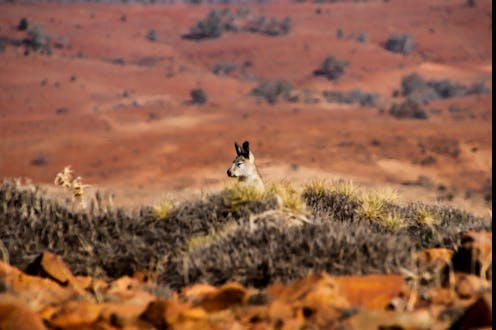'How are they losing their children like this?' Fiona McFarlane's novel interrogates the stain of white presence on Aboriginal land
- Written by Lucy Christopher, Senior Lecturer in Creative Writing, University of Tasmania

“How are they losing their children like this, all over the country? They aren’t used to the desert.”
These are the thoughts of a Pashtun cameleer in Fiona McFarlane’s second novel, The Sun Walks Down[1], set in South Australia’s Flinders Ranges in 1883. This “bit part” cameleer is one of the few characters with a first-person address in McFarlane’s polyphonic, multifaceted saga that explores the cultural narrative, anxiety, and stain of white Australian presence on arid Australian land.
Bruce Chatwin, in his seminal novel The Songlines[2] (1987), suggests “Australia […] is the country of lost children”. Indeed, the figure of the lost, innocent white child has pervaded Australian culture since the early 19th century.
Review: The Sun Walks Down – Fiona McFarlane (Allen & Unwin)
I, too, have researched lost children for my own novels[3] set in outback Australia, using the motif of a lost child to reflect wider cultural anxiety.
As Peter Pierce suggests in his The Country of Lost Children[4] (1999), “the idea of losing one’s child to a strange and silent country reflected the depth of white settlers’ distrust of their new land and its Aboriginal inhabitants”. Pierce suggests this deep anxiety can be traced to white settlers arriving “in a place where they might never be at peace”.

















